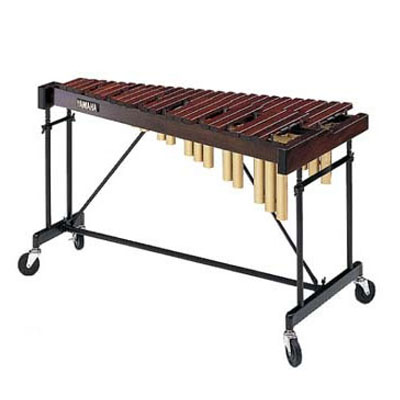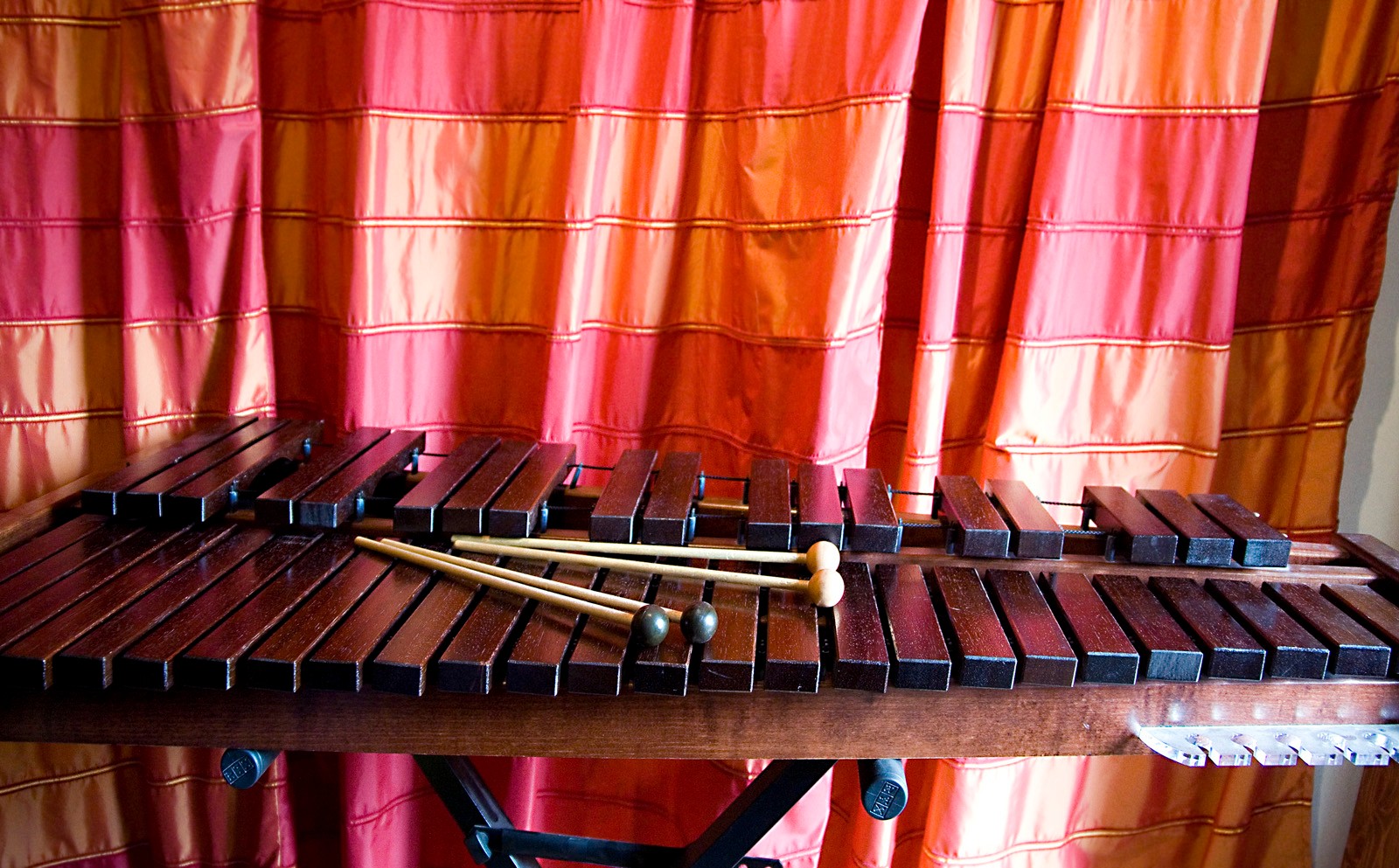The origin and history of the xylophone
419 views · Organized by 小小瞬 on 2022-02-08
The origin of the xylophone is very early. According to legend, there were xylophones in Africa, Java and Indonesia in the 14th century.
The earliest mention of the xylophone in Europe was in the 16th century. At that time it was called a wooden percussion instrument. Initially, the performer sits on the ground, with his legs stretched forward, and the wooden blocks are placed across the legs to strike. This type of xylophone is called the xylophone on the legs. After the improvement, the wooden block is placed on a semi-circular frame, and the player hangs it from the neck to the waist to strike.
This xylophone is called a ring xylophone. A further xylophone is: an open gourd is placed under each wooden block as a resonator. This kind of xylophone can be called a scoop xylophone.
The modern xylophone is based on the scoop-type xylophone, which uses a wood or metal pipe instead of a gourd as a resonator.
By the 19th century, the instrument was often used as a solo instrument by touring players. Around 1830, after the Russian virtuoso Gusikov played the xylophone with a high degree of skill, the xylophone gradually became appreciated by people and attracted the interest of composers such as Mendelssohn, Chopin and Liszt.
The earliest mention of the xylophone in Europe was in the 16th century. At that time it was called a wooden percussion instrument. Initially, the performer sits on the ground, with his legs stretched forward, and the wooden blocks are placed across the legs to strike. This type of xylophone is called the xylophone on the legs. After the improvement, the wooden block is placed on a semi-circular frame, and the player hangs it from the neck to the waist to strike.
This xylophone is called a ring xylophone. A further xylophone is: an open gourd is placed under each wooden block as a resonator. This kind of xylophone can be called a scoop xylophone.

The modern xylophone is based on the scoop-type xylophone, which uses a wood or metal pipe instead of a gourd as a resonator.
By the 19th century, the instrument was often used as a solo instrument by touring players. Around 1830, after the Russian virtuoso Gusikov played the xylophone with a high degree of skill, the xylophone gradually became appreciated by people and attracted the interest of composers such as Mendelssohn, Chopin and Liszt.

Involving musical instruments
The xylophone (pinyin: mù qín) is a percussion instrument composed of a set of small rectangular wooden blocks. According to the length of the wooden blocks, these wooden blocks are arranged in a certain order. When playing, two wooden mallets are tapped on the wooden block, making a dry percussion sound that is slightly like a bone. The sound quality is strong and harsh, and it has extraordinary penetrating power.
 渝公网安备 50010702504639号
渝公网安备 50010702504639号